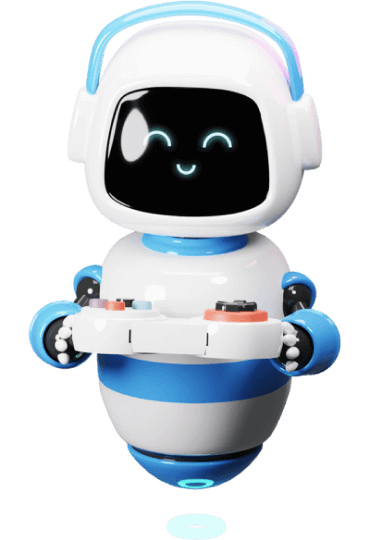Power Business Growth With
Intelligent Chatbots
Chatbot for Sales
Relieve sales agents from answering common questions and focus on nurturing prospects into customers
Chatbot for Marketing
Generate leads and conversions and build customer engagement with conversational automation
Chatbot for Customer Service
Offer consistent support across channels, resolve issues faster, and automate replies
Chatbot as an Internal
Search Engine
Leverage conversational AI as an internal search engine to answer queries
Transform Conversations with Next-Gen Chatbots
Contextual Response
Generation
Human Language
Understanding
Conditional Response
Programming
Voice-Enabled
Chatbot
Develop digital assistants that hear, perceive, and respond to voice input
Multi-Language
Chatbot
Conversational AI
Chatbot
Vocabulary
Enhancement
Word
Segmentation
Emotionally Aware
Responses

































